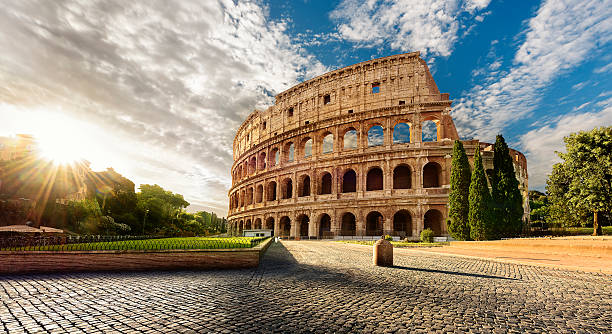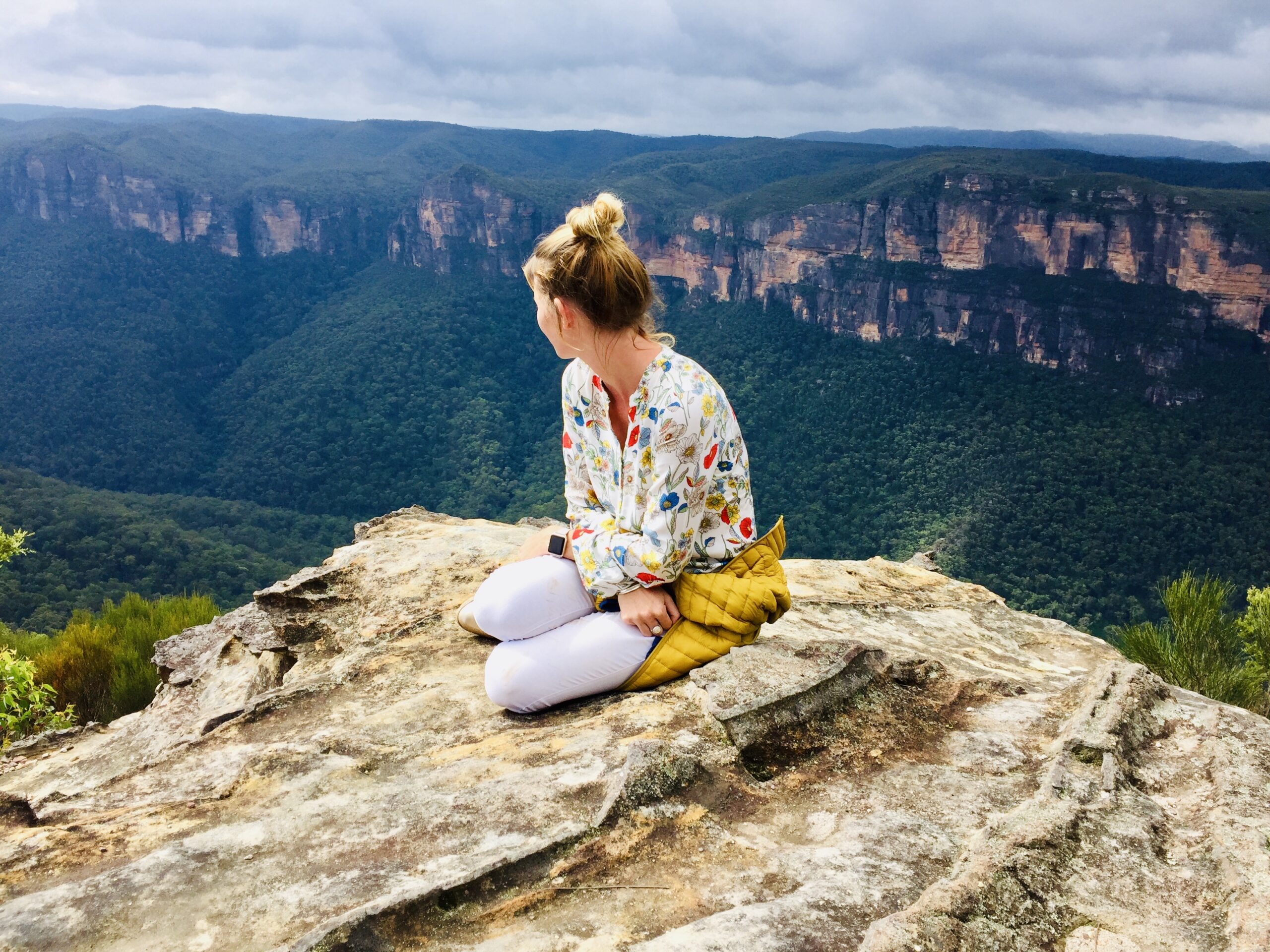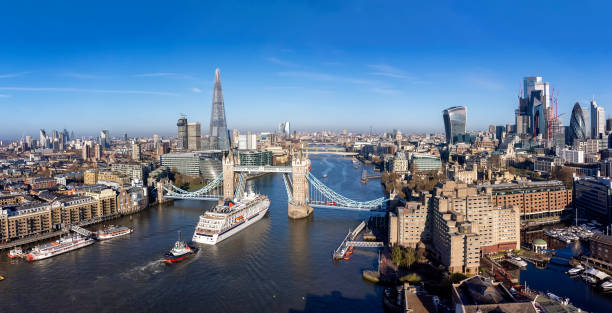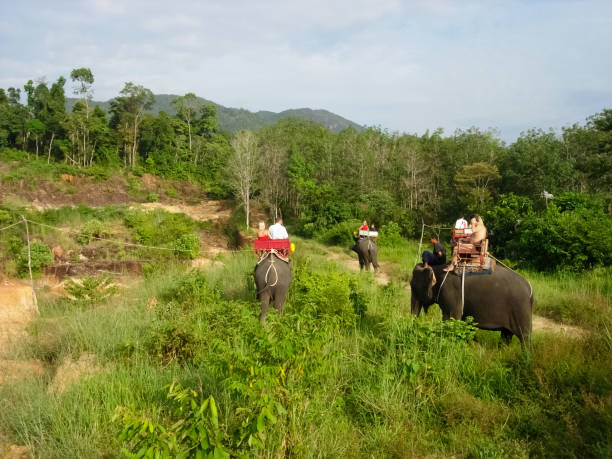BEST THINGS TO DO IN ROME
Rome is a city of layers stretching back centuries. You’re always close to ruins or stunning ancient or classical architecture. One moment you’re passing a modern building, the next, you’re staring at some Doric columns from the Roman Republic, a Renaissance-era palace designed by Michelangelo, or a piazza centered around a Bernini-designed Baroque fountain.
Rome is both.
In some ways, it feels like a village, with its venerable, wise ambiance. In others, it is like a cosmopolitan city since there are many museums, historical landmarks, and great restaurants.
It’s only possible to see some things in one visit. It’s what happens when you have a city of millions dating back three thousand years.
Which begs the question: What should you do when you may never come back? How do you decide what to do?
To help you make the most of your limited time in this iconic capital, here is the list of my top things to do in Rome:
Walking Tour
I love taking walking tours. They’re an excellent way to learn about a destination. I recommend Rome’s Ultimate Free Walking Tour or New Rome Free Tours. They cover all the highlights and can introduce you to the city on a budget. Just be sure to tip your guide at the end.
If you’re looking for a paid guided tour that goes above and beyond, check out Take Walks, which offers one of the best walking tours in Rome, with expert guides who can get you behind the scenes at the best attractions. They can get you behind the scenes like no other tour company, including early access to the Sistine Chapel and skip-the-line.
The Colosseum
Easily one of the world’s most recognizable and jaw-dropping sights, this first-century theater is one of the top attractions in Rome. This super stadium had 80 entrances/exits: 76 for attendees/spectators, 2 for participants (i.e., gladiators), and 2 for the emperor. While that might seem excessive, the Colosseum could hold a whopping 50,000 people in its day, and getting them in and out needed to be done quickly.
The Roman Forum
Once the center of the known world, the Roman Forum today might be stumps of marble and half-standing temples, but it’s one of the most haunting sites in town. You have to use your imagination a bit, but this swath of dirt and marble was once bustling, lined with shops, open-air markets, and temples.
Explore the Vatican Museums
Home to the famous Sistine Chapel, the Vatican Museums house four miles of rooms and hallways adorned with one of the world’s significant art collections. In addition to the Michelangelo masterpiece on the chapel’s ceiling, there are rooms frescoed by Raphael and paintings by Da Vinci, Titian, Caravaggio, and Fra Angelico, among others, plus halls and halls of ancient Greek and Roman sculpture, Egyptian mummies, and Etruscan relics.
St. Peter’s Square and St. Peter’s Basilica
A veritable Renaissance and Baroque dream team designed the grandest Church in the Catholic world, St. Peter’s:
- Bernini took care of the two column-filled arms that surrounded the square.
- Bramante created an early design for the basilica.
- Michelangelo put the dome on top.
One hundred and twenty years after construction began, the Church was finally consecrated in 1626. It sits where a fourth-century church once sat and on top of the place where St. Peter himself was crucified. His bones are still below, where there is an ancient cemetery.
Campo de Fiori
One of the most organic-feeling squares in Rome, this central space — whose name means “field of flowers” — is home to the historic center’s morning fruit and veggie market. The sculpture on a pedestal in the center of the square is that of Giordano Bruno, who was burned here after he got on the pope’s lousy side for criticizing the Church. The sculpture was erected in the late 19th century when the state of Italy and the Catholic Church were at odds with each other. It’s no coincidence that the sad face of the sculpture is looking in the direction of the Vatican.
Visit Santa Maria del Popolo
This Church on one of Rome’s prettiest squares is said to be located where Emperor Nero was buried. A millennium after his death, there were still tales of ghosts and ghouls who haunted the place, so the pope built a church to quell the haunting. It worked.
See Piazza Navona
Rome’s most famous piazza began as an ancient Roman circus (as its oval shape will testify), where horse racing and other sporting events took place. Today, the primary sport is sitting at an outdoor café and nursing a beverage while gawking at tourists and locals alike. Don’t miss Bernini’s best fountain in the center of the square, Fontana dei Quattro Fiumi (Fountain of the Four Rivers). It’s a pure drama set in stone.
Explore Testaccio
Testaccio is located south of the vast city center and is an erstwhile working-class neighborhood. Younger Romans might associate it with nightlife and clubbing, as there have long been several clubs hugging up against Monte Testaccio, the historic mound that the neighborhood is centered around.
Older Romans will associate the neighborhood with food because, in the 19th century, it was home to the city’s central slaughterhouse. As part of their pay, workers at the slaughterhouse would receive a bag of raw meat from taking home, also known as the “fifth quarter” — the tail, intestines, and stomach, among other parts. Sometimes instead of going home, workers would take their “fifth quarter” to a local restaurant and have it cooked there. As a result, this became the de facto local cuisine, and the district was where some of Rome’s most famous dishes were born.
Villa Borghese and Borghese Gardens
At 60 hectares (148 acres), the Villa Borghese property — a swath of verdant grass dotted with umbrella pines northeast of the historic center — makes up Rome’s second-largest parkland. The area was known as the Garden of Lucullus in ancient times before becoming a vast vineyard. But in 1605, Cardinal Scipione Borghese — nephew of Pope Paul V and patron to sculptor Gian Lorenzo Bernini — converted the land into a park. The 19th century saw a redesign, with the green space getting a more manicured English accent.
The property is sprinkled with temples and monuments, all of which had been given a serious sprucing up for the 1911 World Exposition, and its fence offers one of the best views of Rome. The park is centered around the Galleria Borghese, which houses one of the city’s most significant art collections (including works by Bernini, Raphael, Titian, and Caravaggio).
Admire Santa Maria della Concezione (I Cappuccini)
Sandwiched between the posh thoroughfare Via Veneto and car-snarled Piazza Barberini, this Church is a relatively ordinary 17th-century structure. There is a dramatic altarpiece in the chapel of St. Michael the Archangel by Baroque painter Guido Reni, but that’s not necessarily why you should prioritize getting here.
The reason is in the crypt, accessible from the street-level side of the Church. Commonly just called I Capuccini, it is one of the most dreadful sights in all of Europe: the bones of 4,000 friars, many of them still in complete skeletal form (and many still wearing their brown habits), grace the walls of the long, narrow room with five chapels. Other bones were used to create ornamental objects: shinbone chandeliers hang from the ceiling, and pelvic bones are arranged to make an ersatz hourglass. In the last chapel, a plaque offers a sober — if somewhat appropriate — reminder: “What you are now, we once were; what we are now, you shall be.”
The Spanish Steps
The world’s most famous set of steps was completed in 1725 to ease church-goers’ ascension up the then-muddy hill to the Church of Trinità dei Monti. The bottom of the stairs features a modest fountain by Bernini. The name comes from the Spanish embassy long being on the square where the stairs spill out.
A recent law forbids sitting on the steps, so the time-honored tradition of eating gelato while lounging on the steps is now just a memory. But it’s worth strolling up the stairs, nonetheless.
Trevi Fountain
More a theater of waterworks than a fountain, the iconic Trevi Fountain is best viewed in the early morning or late at night when the area is devoid of the haze of picture-taking tourists. Every year, at least one crazy tourist — usually under the influence of Italian wine or other substances — decides it would be a good idea to go for a swim.
Fun fact: the coins people toss in the fountain (totaling thousands of euros daily) are given to the Red Cross.
Ara Pacis
The Ara Pacis — or Altar of Augustan Peace — is an ornate marble altar made in the decade before Christ’s birth. It was commissioned to celebrate the Pax Augusta, the empire-wide peace under Emperor Augustus’s rule. Specifically, it was made to commemorate the emperor’s conquest north of the Alps in 13 BCE. The four walls of the altar show scenes of Roman mythology. Be sure to have a look at the exciting depiction of a pig slaughtering on the west wall — a common practice when Romans made a peace treaty.
The altar was an obsession of Mussolini, who was determined to be thought of as the next Augustus. The Ara Pacis, facing the tomb of Augustus, where Mussolini hoped to be interned one day, is surrounded on three sides by Fascist-era buildings. Il Duce wanted to turn the area around the altar into a “Fascist theme park.” Fortunately, he failed.
San Pietro in Vincoli
Tucked away in the central but untrammeled Monti district wedged between the Roman Forum and Termini railway station, this ancient place of worship doesn’t look like much from its simple arcaded façade. But those who venture inside are rewarded. The interior of this fifth-century Church, its nave flanked by Doric columns, is home to one of Christianity’s most esteemed relics: the chains that once held Saint Peter (hence the Church’s name: Saint Peter in Chains), hanging in view underneath the altar.
And while it’s a place of pilgrimage for the devout, art lovers are lured here for another reason: Michelangelo’s magnificent sculpture of Moses. The statue of the bearded Biblical figure was meant to be part of the monumental 47-statue tomb of Pope Julius II that he had hoped would be his final resting place. But plans were scrapped — the project’s pomp and audacity came under serious fire — and we’re left with today are Moses and a few unfinished (but graceful and quasi-erotic-looking) slave sculptures.
The Baths of Caracalla
Named after Roman Emperor Caracalla, who had the baths constructed in 217 CE, this massive bath complex was more than just a place to relax by the pool. In ancient Roman society, baths were an institution. They dotted the city the same way gyms are sprinkled throughout modern cities.
The Baths of Caracalla, however, were the grandest of them all. It could accommodate up to 1,500 bathers at a time, who would usually undergo the entire process: a Turkish bath followed by a few minutes in the caldarium (similar to a sauna), then the tepidarium (a pool of lukewarm water), which was followed by a dip in the freezing frigidarium and, at last, the nation, a huge, open-air swimming pool where Roman men would congregate to gossip and talk politics. The baths lasted some 300 years before invading Goths destroyed the plumbing, causing a fatal water hemorrhage.




Post Comment